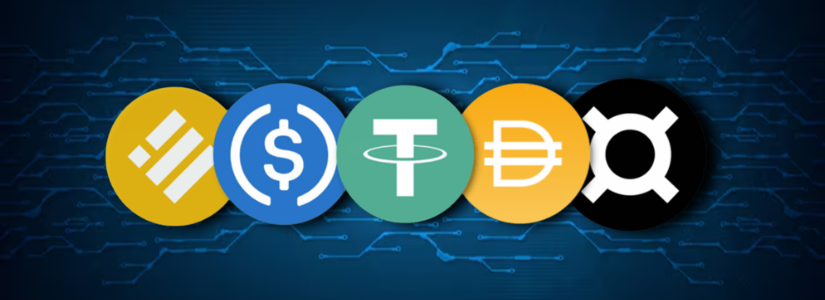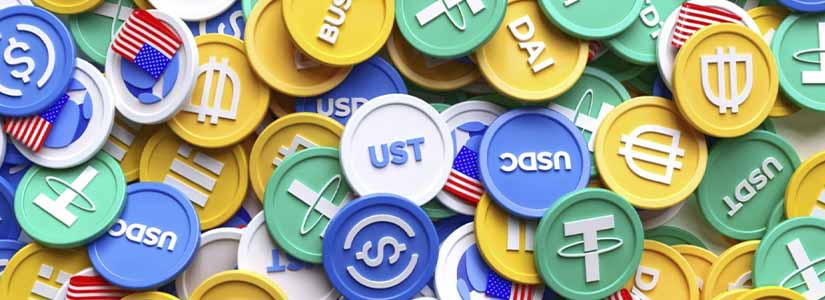TL;DR
- Stablecoins have grown from 0.04% to 1% of the U.S. M2 money supply and could reach between 2.6% and 10.4% by 2030, moving trillions of dollars annually.
- They reduce costs and processing times for international payments by eliminating intermediaries, integrating compliance and liquidity into both business and personal transactions.
- The adoption of wallets and onchain card payments, combined with regulatory clarity and interoperability, will allow stablecoins to operate as a global settlement layer by 2030.
Stablecoins are transforming global payments by offering a faster and more cost-effective alternative to traditional financial infrastructure.
Their adoption has steadily increased, rising from just 0.04% of the U.S. M2 money supply in 2020 to over 1% in 2025, and projections indicate they could cover between 2.6% and 10.4% by 2030, depending on the speed of integration in cross-border payments, business operations, and consumer use.
This expansion will enable the movement of trillions of dollars annually, lowering costs and accelerating transactions in markets that have historically been underserved.
A More Efficient Financial System with Fewer Intermediaries
The international payment system has accumulated layers of intermediaries and regulatory checks that increase both time and cost for each transaction. A single payment can pass through banks, FX desks, compliance verifications, local clearing, and global messaging, creating friction that stablecoins aim to eliminate. By operating on blockchain technology, they coordinate the flow of value directly between issuers, intermediaries, and recipients, embedding compliance and liquidity into every transaction.
The potential of stablecoins goes beyond individual transfers. In the corporate sector, they allow companies to hold reserves in yield-generating assets and use them to pay suppliers or salaries without relying on traditional banking cycles.
For personal transfers, they drastically reduce remittance costs, offering payments in seconds for less than 1% in fees. Companies like Bitso process hundreds of millions of dollars in remittances, using local stablecoins to keep users within the digital value chain.
Stablecoins as a Global Settlement Layer
The card payment sector is also benefiting from stablecoin adoption. Platforms like Rain and Gnosis Pay link wallets to Visa or Mastercard cards, tokenizing receivables and settling transactions onchain, instantly freeing capital and eliminating fiat repayment risk. Additionally, onchain FX systems allow tokenized assets to be converted and payments settled simultaneously, replacing processes that previously took several days and consolidating custody, settlement, and control into a single automated flow.
Future adoption will depend on regulatory clarity, interoperability, liquidity depth, and programmability. These factors will allow stablecoins to function as a global settlement layer capable of connecting fiat and cryptocurrencies worldwide. U.S. annual stablecoin payment volume is expected to exceed one trillion dollars by 2030, directly impacting monetary policy and how liquidity is managed at institutional and corporate levels.
Stablecoins have moved beyond being a niche instrument for traders and are becoming a programmable, efficient, and global payment method capable of redefining how money is moved and financial assets are managed over the next decade













